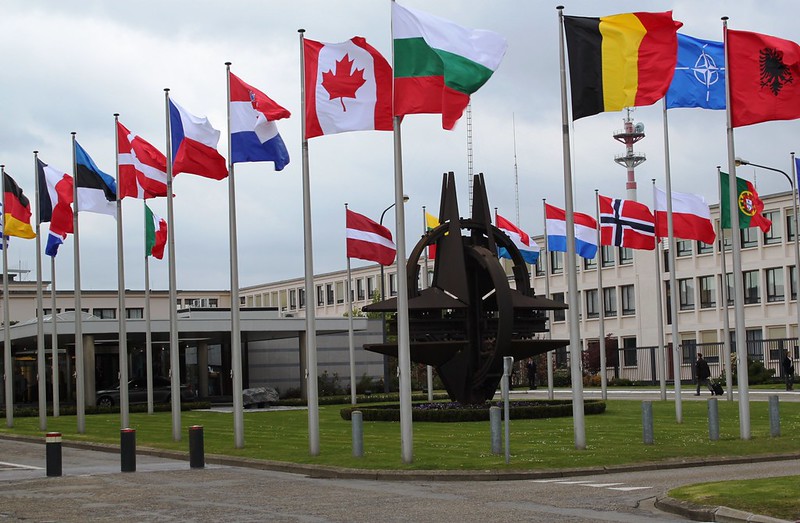News
NATO enters 73rd year at a critical time for Europe’s security
BRUSSELS – In the 73rd year of its establishment, the North Atlantic Treaty Organization (NATO) plays a more critical role in the security of the continent with the effect of the Russia-Ukraine war, which is described as “the biggest threat Europe has faced since the Cold War” and “the greatest destruction since the Second World War”.

With the aim of restructuring the security of Western Europe after the Second World War, NATO was established as a political and military union.
NATO, whose main mission is to protect and defend the security of its allies, brings its members from both sides of the Atlantic together around common values such as democracy and rule of law.
The most important dimension of this partnership emerges with Article 5 of the North Atlantic Treaty, which provides a common defense commitment. This article requires NATO to defend its members against an attack or threat of attack, and to take action assuming an attack on one member has been done on all its members.
Expansions
NATO, which carries out an open-door policy and offers membership to all “European” countries that fulfill the necessary criteria, turned into an alliance of 30 members in 73 years, while it was 12 members in 1949.
In 1952, Greece joined NATO, which was established with the signatures of the United States of America, Belgium, England, Denmark, France, Netherlands, Italy, Iceland, Canada, Luxembourg, Norway, and Portugal.
Germany joined NATO in 1955; Spain in 1982; and the Czech Republic, Hungary, and Poland joined in the 1999 enlargement.
The enlargement in 2004 included Bulgaria, Estonia, Latvia, Lithuania, Romania, Slovakia, and Slovenia; Albania and Croatia joined the alliance in 2009; Montenegro in 2017; and North Macedonia in 2020.
Functioning
NATO’s main headquarters is located in Brussels, the capital of Belgium. Here, the Alliance’s decisions are taken “unanimously” by its 29 members.
Allies meet at different levels to consult on security issues.
At the main headquarters, each country operates with permanent representations led by an ambassador. The Ambassador defends the interests of the country he represents before NATO, conducts consultations and plays a key role in decision-making.
Transatlantic forum function
Each year, the foreign ministers of the member states meet at the main headquarters two times and the defense ministers four times.
Leaders of NATO countries also meet at summits held in one of the member countries every two years.
While it functions as a transatlantic forum where its members consult and act jointly on security issues of common interest, this consultation is held at the highest level of leaders’ summits.
Extraordinary summits, growing importance
There have been 31 summits so far, the last two being extraordinary.
The purpose of the extraordinary summits, held by video conference on February 25 and at the main headquarters in Brussels on March 24, was to discuss the situation after Russia’s attack on Ukraine and NATO’s long-term stance in Eastern Europe.
While the war was described as “the greatest threat Europe has faced since the Cold War”, “the greatest destruction it has seen since the Second World War”, having agreed to increase the military presence on the eastern flank at two extraordinary summits, the Allies also decided to help Ukraine.
Since November 2021, when Russia’s military mobility on the Ukrainian border began to increase, NATO has increased its military build-up in countries on its eastern flank such as Romania, Bulgaria, Hungary, and Slovakia.
The next regular summit will be held in Madrid on June 29 and 30. (Anadolu)





















